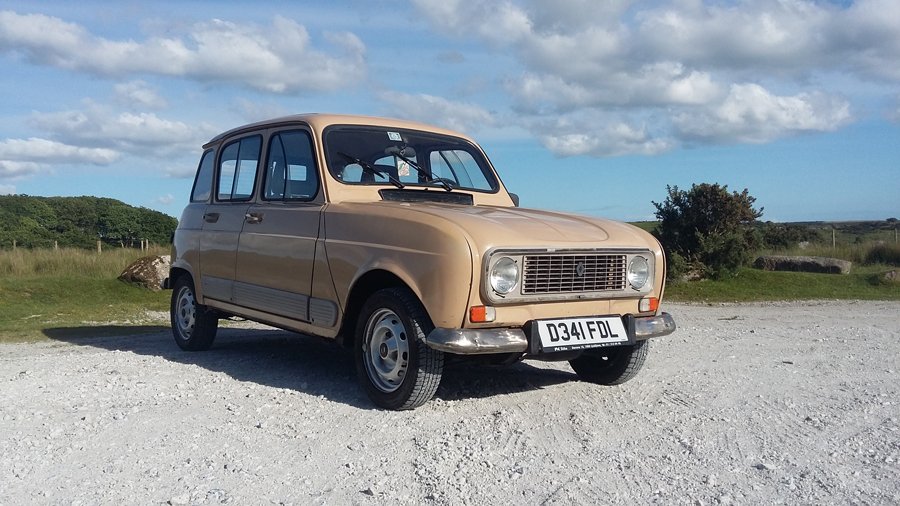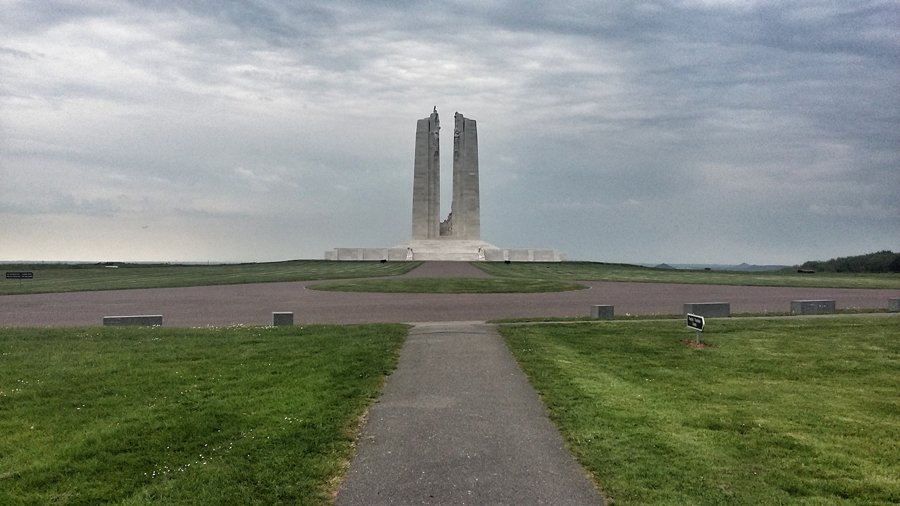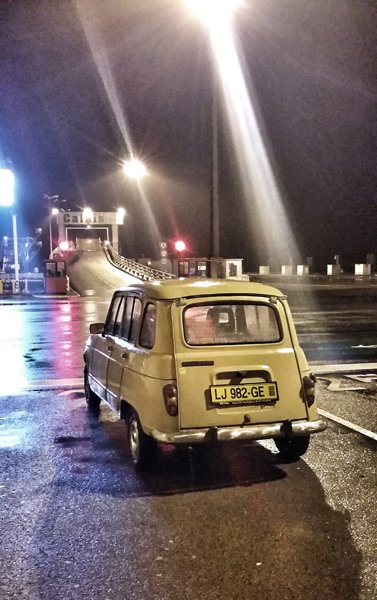Detour #170: From Slovenia at a snail's pace
Photo Ben Coombs
Ben Coombs flies to Slovenia, buys a very old Renault 4, and drives it home to the UK. Slowly.
As the plane dropped below the cloudbase, Ljubljana – Slovenia’s laid-back-to-horizontal capital city – appeared beneath me for the first time. Although I was coming to town to buy a car, the detours to interesting places facilitated by such automotive adventures are always welcome and in this respect, Slovenia certainly doesn’t disappoint.
Luxuriating in a climate which combines the best of both mountain and Mediterranean influences, Ljubljana is pretty much the most pleasant capital city out there, and it was almost a shame when the purpose for my visit impeded on my routine of wandering the well-preserved old town and watching the world go by. But impede it had to, as a week earlier, in what felt like a completely rational course of action, I’d placed a 100 Euro deposit on a 30 year old Renault 4 which I’d never so much as set eyes on.
The Renault – or Benault, as it was quickly named – looked acceptable and ran okay, and so soon the deal was done. Buying the car was the easy part, however. As the Benault wasn’t registered it had no number plates. To get temporary plates, it needed the Slovenian equivalent of an MOT, locally recognised insurance and various other mundane documents. However, luckily I was buying off someone who knew how to negotiate such obstacles, and so after a few hours of pen pushing and euro-peeling, Benault was registered, insured, taxed, MOT’d and fitted with temporary number plates, ready for the drive back to the UK.
Slovenia is a jewel of a country; an enchanting blur of farm, forest and mountain which rises from the shores of the Adriatic to the summits of the Julian Alps. The first leg of my drive, to the Italian border, took in the best of this tiny nation. I looped past Bled, where a fairytale church floats on an alpine lake amid soaring crags heavy with castles. I passed the still snow-smothered slopes of Mount Triglav, and left behind the switchbacked splendour of the 1,611m Vršič Pass.
Once Benault entered Italy, the Dolomites loomed large in its windscreen. A succession of high passes guarded the route to the uber-stylish ski resort of Cortina d’Ampezzo, and my trusty steed was forced to leave the straight and fairly flat for the first time. Slaloming through soaring mountainscapes, Benault’s character was slowly revealed. A sports car it is not. 34hp was always going to make for slow progress and, combined with a chassis which merely tolerates enthusiastic driving rather than encouraging it and a gearchange which takes pride in its methodical slowness, process could best be described as ‘stately’.
But the unrushed progress meant more time to admire the views. And if there’s one thing the Dolomites have wired, its views. Rolling towards the setting sun, the snow peaks just kept on coming, ethereal in the oblique light. And so did the amazing roads, rising to over 1,800m in places, and being taken at a dignified plod by Benault.
Night set in as I left the mountains, following Italy’s take on A-roads towards the French border. As the route became more peopled, the traffic became accordingly more frenzied. This, coupled with rough, potholed roads, meant falling asleep was never a risk as I felt my way through the night towards a milky sunrise above the relentlessly flat countryside around Turin.
Feeling energised by the new day, I pressed on. Another sweeping pass saw us entering France, and I stopped for breakfast in the ski resort of Briancon; a node of glamour amid the sea of mountains. And what mountains they were! Once again, Benault rolled past wave after wave of vertiginous summits still bearing the last of the winter snows. The highpoint of the drive was the 2,000m Col du Lautaret, from which I swept down sinuous curves to Grenoble, arriving 22 hours after leaving Ljubljana.
Grenoble called for a spot of R&R, and so I spent the afternoon wandering the old town, taking in the cafe culture and relaxing by the river which gives the place almost a riviera feel. The following day I was back on the road, heading north to Fontainebleau. Avoiding toll roads meant the drive took the whole day, but there are few more pleasant ways to spend a day than pottering across France in a classic car, stopping at cafes when the whim takes you, and delighting in the dappling sunlight and smooth, clear tarmac.
In the beautiful Foret du Fontainebleau, just south of Paris, the weather changed. Blue became grey. Rain replaced warmth. Gusting winds rocked Benault on its soft suspension. The pleasure of the slow drive vanished as the weather turned against me, and so I made a dash for the ferry port.
Northern France is an open sweep of rolling farmland and melancholy towns which never quite seems to have escaped the weight of history. As I headed towards the Somme, the sky swept down towards the earth, pummelling it with torrents of rain. Despite it being mid afternoon, darkness descended, broken only by the strobing lightning which crashed into the earth around me. I pushed on through the maelstrom, the rain getting heavier, the thunder more frequent. The road became deserted, other road users seeking shelter in lay-bys or on verges. Horizontal hail strafed the car with a deafening roar, threatening to smash the windows and blasting branches off trees into our path, which I swerved around, tyres spinning on the muddy torrent which had covered the road. Thunder and lightning came as one now, as if an artillery barrage had finally zeroed in on its target. And through it all, through the bombardment and shrapnel and driving hail, the little French car soldiered on, its wipers flapping, its wheels sliding and against the odds, its demeanour still one of aloof disinterest.
And then, as I reached the Somme, it cleared. The hail stopped and the roar of thunder withdrew to become the distant rumble of artillery, echoing through the ages. The air was still, the light sombre. I parked at Vimy Ridge, site of a pivotal First World War battle, and walked across the still-cratered, pulverised landscape to a memorial, upon which 12,000 names are engraved. The names of those who were never found. A poppy wreath lay against the limestone. Around me the humid air felt heavy; charged. Sheep grazed amongst the craters as I stood alone, imagining. A kestrel swooped on its prey. And then the thunderous rumble which sounded like artillery drifted closer, and the smoky darkness returned. And as I hurried back to the shelter of the car, the sky began to weep.
The violence of the storms never relented as I continued through the night to Calais, where Benault boarded a ferry to its new home, and the next challenge – registering the car in the UK. But that, as they say, is a completely different story.
Words & Photography Ben Coombs Twitter | Instagram










Bring oxygen. If ever there was a view to take your breath away it is that from Montenegro’s coastal route.